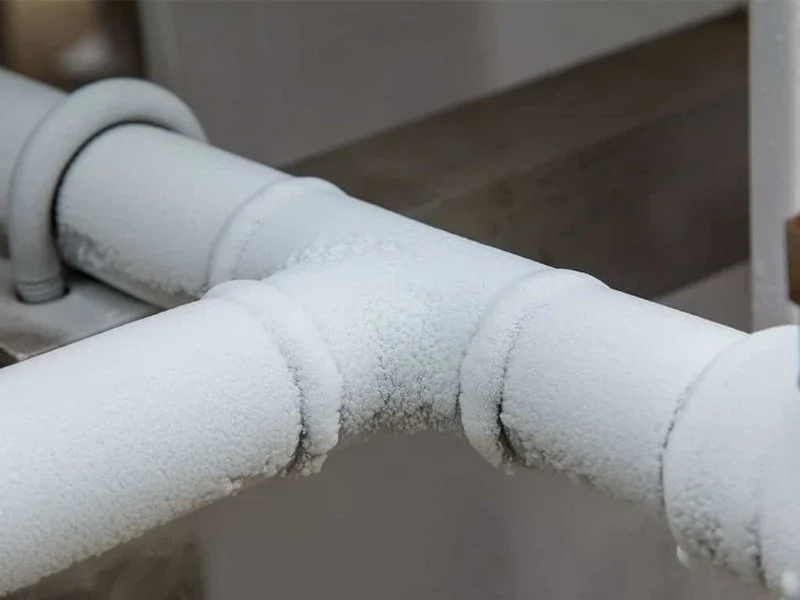
- 1-What Causes Frozen Pipes
- 2-How to Prevent Frozen Pipes
- 3-Real-Life Example of Frozen Pipes
- 4-Additional Tips for Winter Plumbing


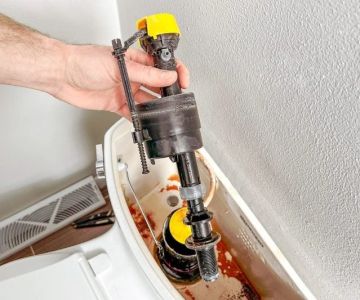
Learn how to replace a toilet fill valve quietly with our easy-to-follow guide. Discover tips for reducing noise and ensuring smooth operation during installation.
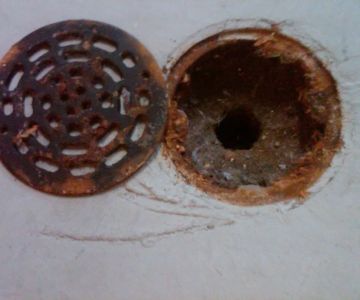
Learn how to replace a damaged floor drain cover with our easy-to-follow guide. Get tips and tricks to complete the job yourself. Visit Plumbers Supply Hub for the best products and services.
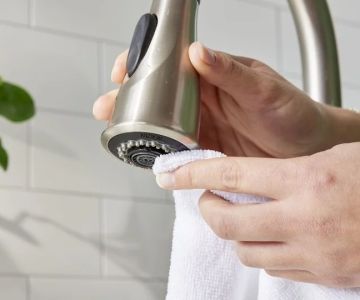
Learn effective methods to clean residue and scale from faucets and showerheads, removing water stains and buildup with easy-to-follow tips and products.
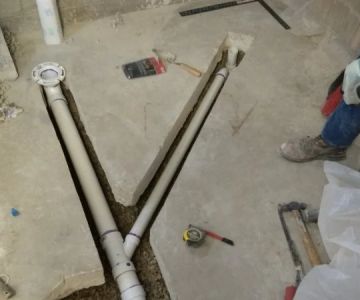
Learn how to ensure proper venting in your drainage system with these essential tips. Discover the importance of venting and how it prevents plumbing issues, and ensure your drainage system works efficiently.

Learn step-by-step how to install a new sink faucet with a pull-out sprayer. Our guide covers all the tools and tips needed for a successful faucet installation.

Learn how to choose the best tankless water heater for your family home. Discover energy-efficient options, key features to consider, and helpful tips for selecting the right model for your needs.
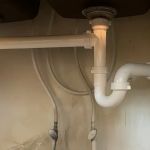 Windmill Plumbing5.0 (125 reviews)
Windmill Plumbing5.0 (125 reviews)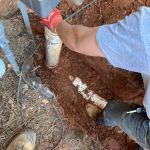 Serv'All Plumbing & Rooter Service4.0 (199 reviews)
Serv'All Plumbing & Rooter Service4.0 (199 reviews)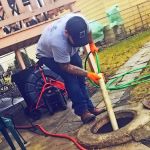 All Rooter Hydro Jetting- Sewer & Drain Experts Inc.4.0 (82 reviews)
All Rooter Hydro Jetting- Sewer & Drain Experts Inc.4.0 (82 reviews)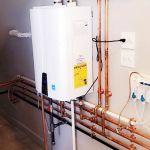 U.S. Tankless5.0 (16 reviews)
U.S. Tankless5.0 (16 reviews)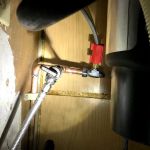 Zeal Plumbing and Rooter5.0 (18 reviews)
Zeal Plumbing and Rooter5.0 (18 reviews) Roto-Rooter Plumbing & Water Cleanup4.0 (542 reviews)
Roto-Rooter Plumbing & Water Cleanup4.0 (542 reviews) The Differences Between PVC, CPVC, and PEX Pipes: A Complete Comparison
The Differences Between PVC, CPVC, and PEX Pipes: A Complete Comparison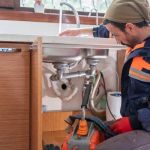 The Complete Guide to Replacing a Kitchen Sink Drain
The Complete Guide to Replacing a Kitchen Sink Drain How to Effectively Clean Residue and Scale from Faucets and Showerheads
How to Effectively Clean Residue and Scale from Faucets and Showerheads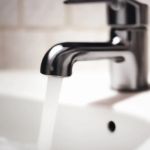 How to Choose Fixtures for a Water-Smart Bathroom
How to Choose Fixtures for a Water-Smart Bathroom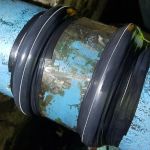 How to Repair a Pipe Saddle That Leaks
How to Repair a Pipe Saddle That Leaks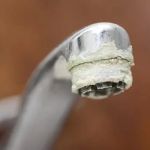 Why Hard Water Is Harmful to Plumbing Fixtures
Why Hard Water Is Harmful to Plumbing Fixtures